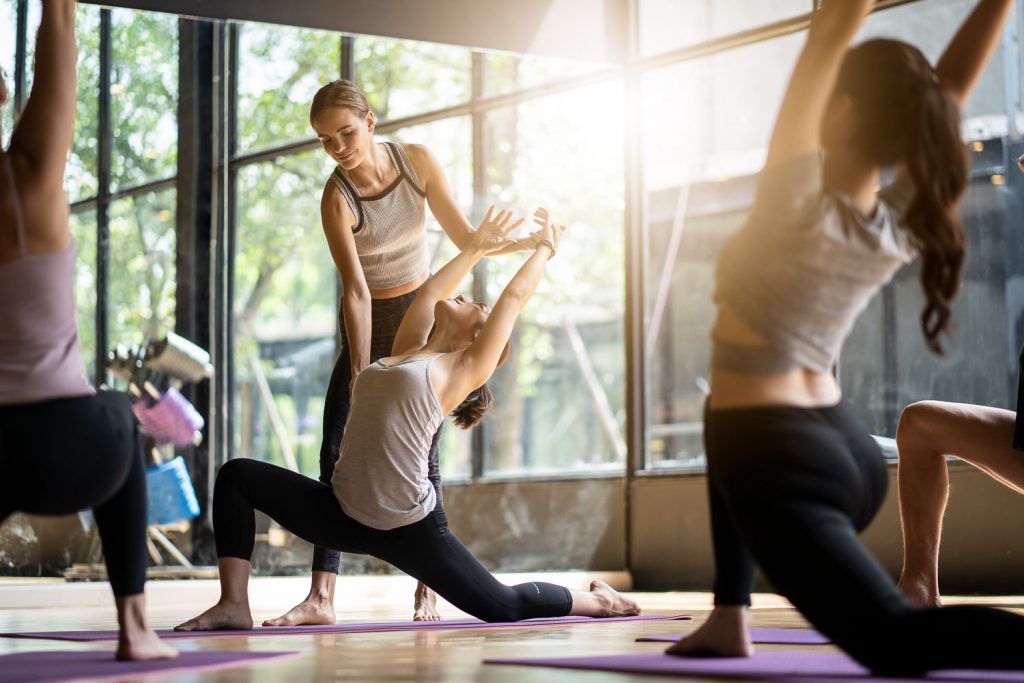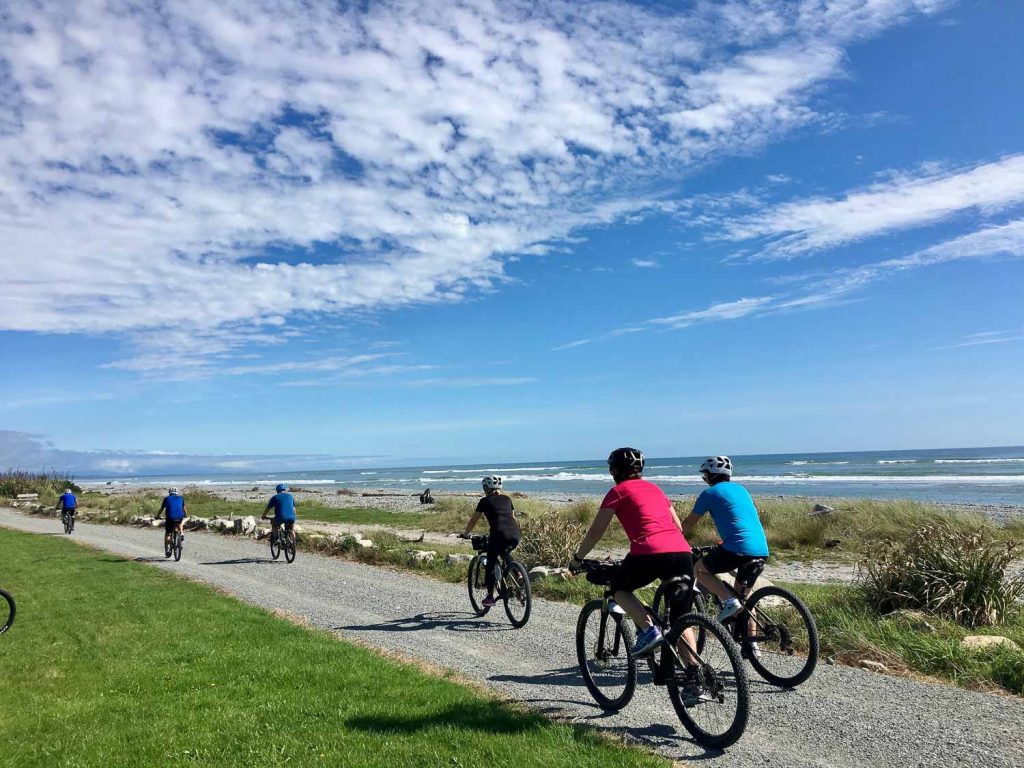
Cycling has become increasingly popular as a form of exercise, transportation, and leisure activity. Its popularity can be attributed to various factors, including its accessibility, affordability, and environmental friendliness.
Cycling provides a low-impact workout that improves cardiovascular health, builds muscle strength, and reduces stress. It is also an affordable mode of transportation that can help people save money on gas and parking while reducing their carbon footprint. Additionally, cycling can be a fun and social activity allowing people to explore their surroundings and connect with others with similar interests.
Cycling has a long and fascinating history from the early 19th century. The first bicycles, called “velocipedes,” were invented in Europe in the 1810s and 1820s. These early bicycles were made of wood and had no pedals, meaning riders had to push themselves along with their feet. In the 1860s, the first bicycles with pedals and chains were invented, which allowed riders to propel themselves forward more quickly. This led to a surge in the popularity of cycling as a recreational activity and a mode of transportation.
Cycling competitions, such as the Tour de France, were also established during this time, which helped to popularise the sport further. Today, cycling is enjoyed by millions worldwide and continues to evolve with technological advancements and design innovations.
1. Physical Health Benefits
It Improves Heart Health
Cycling is an excellent form of cardiovascular exercise that can improve heart health and reduce the risk of developing cardiovascular diseases. Cycling helps to strengthen the heart muscle and improve blood circulation, which can lower blood pressure, reduce cholesterol levels, and decrease the risk of heart attack and stroke.
It Builds Muscle Strength
Cycling also helps to build muscle strength, particularly in the legs and core. The repetitive motion of pedalling engages the major muscle groups in the legs, including the quadriceps, hamstrings, and calves. Additionally, cycling requires a stable core to maintain balance and proper form, which helps to strengthen the abdominal and back muscles.
It Improves Joint Mobility
Cycling can also help to improve joint mobility, particularly in the knees and hips. The low-impact nature of cycling puts less stress on the joints than high-impact exercises like running or jumping. This makes cycling a great option for people with joint pain or recovering from injuries.
It Helps to Maintain a Healthy Body Weight
Cycling is an effective way to lose weight and maintain healthy body weight. Cycling is a high-calorie-burning activity that can help to increase metabolism and burn fat. A 30-minute cycling session can burn up to 300 calories, making it an effective way to lose or maintain a healthy body weight. Additionally, cycling can help improve insulin sensitivity, reducing the risk of developing type 2 diabetes.

2. Mental Health Benefits
It Provides Stress Relief
Cycling can provide stress relief and help to reduce feelings of anxiety and tension. The rhythmic motion of pedalling can have a calming effect on the mind and body, helping to reduce stress levels and promote relaxation. Additionally, cycling outdoors in natural surroundings can provide a sense of connection to nature, further enhancing the activity’s stress-relieving benefits.
It Improves Mood and Enhances Well-Being
Cycling has been shown to improve mood and enhance feelings of well-being. The release of endorphins during exercise can help to boost mood and reduce feelings of sadness or depression. Additionally, cycling can provide a sense of accomplishment and confidence, particularly as riders achieve new fitness goals and improve their cycling performance.
It Enhances Cognitive Function
Cycling has been linked to enhanced cognitive function, including improved memory, attention, and decision-making abilities. The increased blood flow and oxygen to the brain during exercise can promote brain function and enhance cognitive performance.
It Decreases the Risk of Depression and Anxiety
Cycling can also help to decrease the risk of developing depression and anxiety. Regular exercise, including cycling, has been shown to improve symptoms of depression and anxiety by increasing the production of mood-regulating neurotransmitters such as serotonin and dopamine. Additionally, the social aspect of cycling, such as participating in group rides or cycling events, can provide a sense of connection and support, which can also help to improve mental well-being.
3. Environmental Benefits
It Reduces Carbon Emissions
Cycling is an environmentally friendly mode of transportation that produces zero carbon emissions. By choosing to cycle instead of drive, individuals can reduce their carbon footprint and contribute to efforts to mitigate climate change.
It Reduces Traffic Congestion
Cycling can help to reduce traffic congestion in urban areas, particularly during rush hour. With more people choosing to cycle instead of driving, fewer cars are on the road, which can help reduce traffic and improve air quality.
It Contributes to the Preservation of Natural Resources
Cycling can contribute to preserving natural resources, including fossil fuels and land. By reducing the demand for gas-powered vehicles, cycling can help to conserve fossil fuels and reduce the need for oil drilling and extraction.

4. Cost Savings Benefits
It Reduces Maintenance and Transportation Costs
Cycling is a low-cost transportation option that can save individuals money on daily commuting expenses.
Individuals may save money on petrol, automobile maintenance, and parking costs by riding as their primary transportation. With fewer miles driven, the requirement for routine vehicle maintenance, such as oil changes and tyre replacements, decreases.
It Reduces Healthcare Expenditure
Individuals can also lower their healthcare expenditures and avoid costly medical treatments or procedures by improving their physical and mental health.
Check this related article out: Returning To Cycling: Starting Cycling Again Late In Life
5. Social Benefits
It Provides Opportunities for Social Interaction
Cycling provides opportunities for social interaction, mainly through group rides and cycling events. Cycling groups and clubs can give a sense of community and social support as riders share their love of the sport and support each other in achieving their cycling goals.
This can contribute to an increased sense of belonging and connection to others. By participating in group rides and events, individuals can feel a sense of camaraderie and shared purpose, which can help to combat feelings of isolation and loneliness.
It Promotes Teamwork and Collaboration
Cycling promotes teamwork and collaboration, particularly in group cycling situations such as drafting or pace lining. These activities require riders to work together and communicate effectively, which can help to develop teamwork and collaboration skills that can be applied in other areas of life.
6. Accessibility Benefits
It Provides a Safe Space
Cycling facilities, such as bike lanes and paths, can help to make cycling more accessible to individuals who may not feel comfortable cycling on busy roads. These facilities can provide a safe and dedicated space for cyclists, making cycling a viable transportation option for individuals of all abilities.
It Provides Ease of Accessibility
Cycling is an accessible mode of transportation to access, particularly for short to moderate distances. Unlike driving, cycling does not require a license or extensive training, making it an accessible transportation option for people of all ages and backgrounds.
It Promotes Inclusivity and Diversity
Cycling promotes inclusivity and diversity by allowing individuals of all backgrounds and abilities to come together and enjoy a shared activity. Cycling events and clubs enable individuals to connect and support each other regardless of race, gender, or socioeconomic background.
It can also be adapted to individual needs, making it an inclusive activity for individuals with disabilities or physical limitations. Adaptive cycling equipment, such as hand-cranked bikes or tandem bikes, can allow individuals to participate in cycling and enjoy the activity’s physical and mental health benefits.

Summary
Cycling is an excellent option if you are looking for a fun and sustainable way to stay active and improve your physical and mental health. With numerous benefits and minimal barriers to entry, cycling is an accessible and enjoyable activity that can be adapted to fit your individual needs and preferences.
Joining the cycling community is a great way to connect with like-minded individuals and support each other in achieving your cycling goals. Whether you are a seasoned cyclist or just starting, many resources are available to help you get started and connect with others who share your passion for cycling.
Take the first step and start cycling today.
About Escape by Cycle
Escape by Cycle lets you experience the Great Rides of New Zealand on an all-inclusive tour over 5-6 days. Our tours provide the perfect balance of fantastic cycle trails with top-quality e-bikes and mountain bikes included, along with full vehicle support with an experienced tour guide.
One of the most crucial aspects of our tours is the food. We go above and beyond to take you to the most fabulous restaurants and cafes that meet the highest requirements. We adore delicious food prepared with various fresh and locally-sourced ingredients and can accommodate any of your dietary needs. We are famous for our make-your-own picnics, which we set up at beautiful places along the trail.
With ten years of experience, you can be sure we don’t compromise quality. Our principles of quality and value remain fundamental, and our core cycle trail tours have not changed significantly.
Our price is very reasonable, and we guarantee the best cycle tour on the market without any hidden costs.
